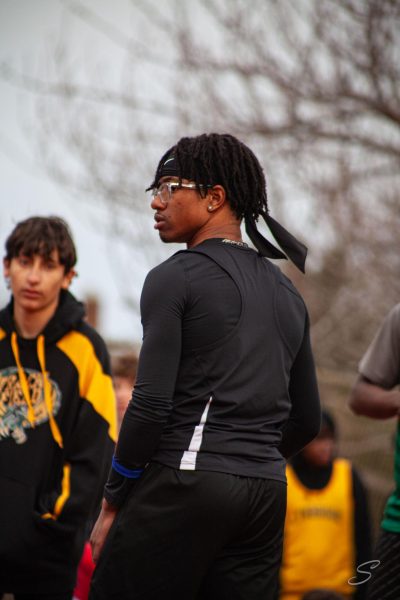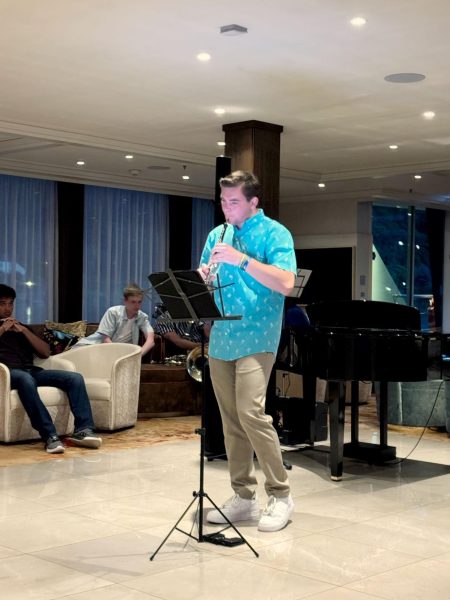Unite the Right, Divide a Country
In 1924, a bronze statue of the Confederate General Robert E. Lee was erected in Charlottesville, Virginia, in a park that, perhaps ironically, is known today as Emancipation Park. The statue remained in the park, weathering away into a dull green, for almost 100 years utterly undisturbed, that is, until the newest controversy surrounding its very existence was brought to light this past year.
In March of 2016, Wes Bellamy, the Vice Mayor of Charlottesville, called for the removal of the statue. He believed the statue’s presence disrespected certain parts of the community and even cited that he had “spoken with several different people who have said they have refused to step foot in to that park because of what that statue and the name of that park represents.”
The argument was, and is, that statues of Confederate generals glorify the ideals they fought for, most prominently slavery. Charlottesville’s City Council voted to remove the statue, but it was met with steadfast opposition by organizations such as the Sons of Confederate Veterans and Monument Fund, Inc. This led to the organization of many protests including a “Unite the Right” rally that was held in the park on Saturday, August 12.
The protests ignited a myriad of conversations on several topics, including the reasons behind the increasing pride and boldness of white supremacists in the U.S, where one should draw the line at freedom of speech, what are effective ways to protest, and whether or not statues of Confederate generals preserve Confederate values, or are just tokens from history.
The protestors, who claimed the reason behind the rally was simply to defend the statue of Robert E. Lee from being taken down, depicted many signs of aggressive white supremacy. Nazi flags, signs, and salutes could be seen throughout the protest. Some were even seen in actual KKK robes, and of course, there was no shortage of Confederate flags. Protestors also chanted disturbing things such as, “Jews will not replace us,” “Blood and Soil,” and “White Lives Matter.” In reaction, junior Emily Silberger expressed her fear, stating, “As a Jewish woman myself, I would be, and kind of am, terrified. I can see a correlation between the anti-Semitic comments in the Charlottesville protest this past summer and Hitler’s protests in the 1940s almost 60 years ago, and it’s scary.”
While most can agree Nazi symbols are bad, some simultaneously defend the right for others to display the symbols, for they believe it is an action protected by the first amendment. Senior Leah Hetrick disagrees, stating, “I do not believe that people should be allowed to bear Nazi symbols.” She then continued, “While some may say the first amendment would make this a suppression of civil liberties, it is never stated in the Constitution that people have the freedom to use symbols specifically. Ignoring the legality, however, no person (morally) should ever partake in spreading and displaying Nazi symbols, because they are of hate.”
President Trump, famous for his impulsive statements, took his time on making a comment about the protests. As reported by CNN, Trump finally released a statement on the Monday after the rally denouncing hate groups stating, “Racism is evil — and those who cause violence in its name are criminals and thugs, including KKK, neo-Nazis, white supremacists, and other hate groups, which are repugnant to everything we hold dear as Americans.” However, later that week during a press conference at Trump Tower in Manhattan, Trump, in regard to the violence at the rally, stated, “I think there is blame on both sides.” He then continued in reference to the demonstrations against the “Unite the Right” rally, “You had a group on one side that was bad. You had a group on the other side that was also very violent. Nobody wants to say that. I’ll say it right now.”
Amidst all that occurred that Saturday, the most horrific event of the rally was when a car plowed through a group of counter protesters, injuring 19 people and tragically killing 32- year-old Heather Heyer. A 20-year-old man from Ohio; James Alex Fields Jr. was charged with second-degree murder for her death. Heyer is remembered by her family as an activist who was always outspoken and passionate about standing up for others. In an interview with CNN, Marissa Blair, a close friend and co-worker of Heyer, explained why the demonstrations against the white nationalist protests took place. She stated, “This is our city. We work here. We live here. We didn’t want neo-Nazis, the alt-right, and racists to come into our city and think they could spread freely their hate, and their bigotry and their racism.” She then continued, “We wanted to let them know that we were about love, that we would overpower them…We were peacefully protesting, and we were just standing up for what we believe in…And that’s what Heather stood for. That’s why she was out there; that’s why we were out there.
As a result of many factors such as upbringing, education, economics, religious values and personal experiences, viewpoints on these issues vary across different regions of the country. These conflicts, which seem more prevalent than ever, divide the country. Ultimately, it all comes down to personal opinion, which leads to divisiveness on these issues. One may think it would be easy to simply agree that hate is wrong and we must move forward as a country, but the definition of what hate is varies from person to person, and for some individuals, the word “we” doesn’t encompass all people of America. However, one thing is certain: In these tumultuous times, the protests will continue regardless of what they are being organized for or against. In this country, during a time where millions of voices clash and struggle to overpower one another, it is certain there will always be someone shouting, demonstrating, protesting, and fighting for what he or she believes in.

































